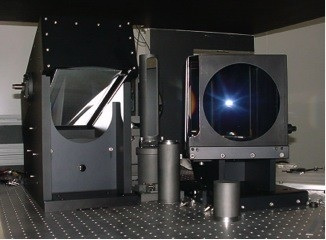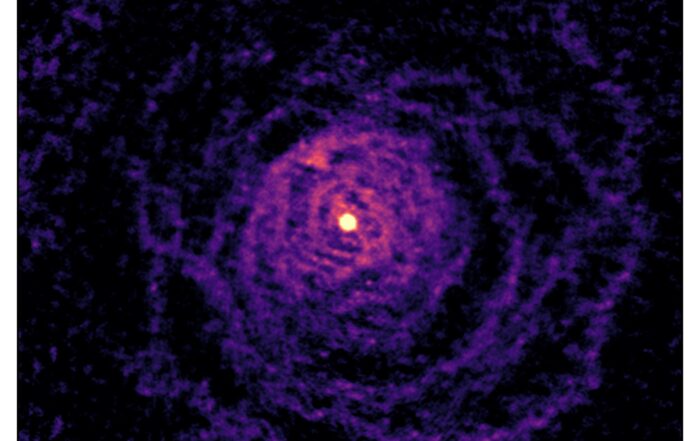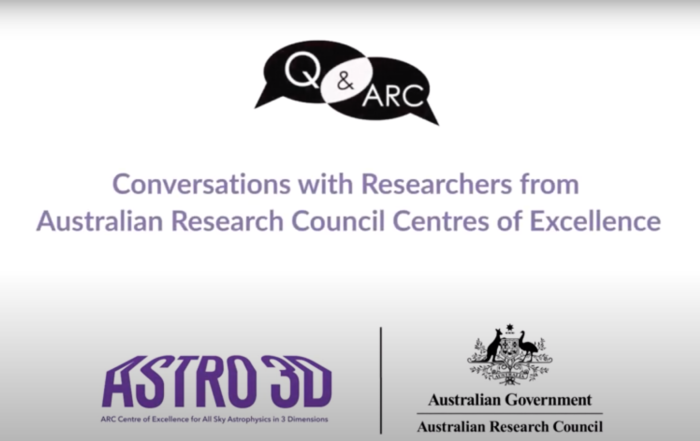The GALAH Survey
ABOUT THE GALAH SURVEY
The formation and evolution of galaxies is one of the great outstanding problems of modern astrophysics. The goal of galactic archaeology is to uncover the history of the Milky Way and how it formed and evolved. The GALactic Archaeology with HERMES (GALAH) survey is a Large Observing Program using the HERMES instrument with the Anglo-Australian Telescope of the Australian Astronomical Observatory. HERMES provides simultaneous spectra for 400 stars at a time. This will obtain the highest spectral resolution multi-dimensional datasets for over a million stars of all ages and locations in the Milky Way to trace the full history of the Galaxy.
By chemically tagging stars, the GALAH team, led by CI Joss Bland-Hawthorn, will track which stars formed together in the past, but are now spread throughout the galaxy. This chemical tagging provides an archeological 3D record of how the Milky Way dynamically formed its elements and mass throughout its 13.7 billion year history.
The Hermes Instrument

AAO HERMES spectrograph on the Anglo-Australian Telescope (credit: AAO)
The GALAH survey uses the High Efficiency and Resolution Multi-Element Spectrograph (HERMES). This instrument allows us to take detailed spectra of 392 objects at a time over two degrees of the sky. HERMES works in conjunction with the 2-degree field (2dF) positioner; this instrument places a fibre at a star’s location for the light to pass to the HERMES instrument. Both are located at the Anglo-Australian Telescope (AAT) located at the Siding Spring Observatory in Coonabarabran, NSW.
Changes with Time

An all-sky view of stars in the first Gaia catalogue. With a dot for each star, the map outlines the Milky Way (horizontally) and the Magellanic Clouds (lower right). The curved features are artifacts due to Gaia’s scanning procedure.
Image credit: ESA/Gaia/DPAC.

3D artist’s impression of the Milky Way, A13 and Triangulum-Andromeda
IMAGE CREDIT: T. Mueller/NASA/JPL-Caltech
Accretion history
Dynamics
Nucleosynthetic Processes
GALAH LEADERSHIP
Latest IN galah
Astronomers use chemistry to understand the orbit of binary stars
When stars like our Sun end their lives, they throw off their outer layers through a dramatic stellar wind.This stellar wind is a key source of dust in the universe and enriches the interstellar medium [...]
What ingredients went into the galactic blender to create the Milky Way?
Our galaxy is a giant ‘smoothie’ of blended stars and gas but a new study tells us where the components came from. In its early days, the Milky Way was like a giant smoothie, [...]
Q&ARC Conversations with Researchers from ASTRO 3D
ASTRO 3D jumped on the collaborative Australian Research Council's Centre of Excellence social media video series "Q&ARC" bandwagon. Q&ARC Conversations with CoE Researchers takes you to leading [...]
Playing with Galaxies: Simulating the Dynamics of the Milky Way and Friends
The final Monthly Media for 2020 is from Prof. Joss Bland-Hawthorn from our University of Sydney node. Joss and ASTRO 3D affiliate A/Prof. Elena D'Onghia co-authored a paper that unraveled some of the mysteries [...]





